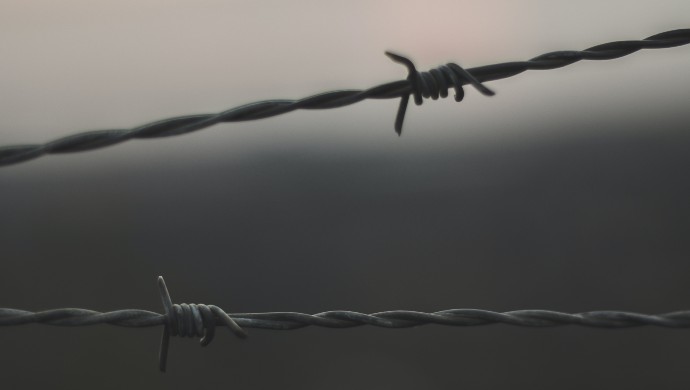As Iran marks the beginning of the Persian year 1403 (March 20, 2024 – March 20, 2025), it remains evident that human rights issues have been one the most serious challenges facing the mullahs’ regime. Looking back to the spring of 1402, regime supreme leader Ali Khamenei and the Revolutionary Guards appeared to have temporarily quelled the nationwide uprising through bloody suppression. Prisons were overflowing with detainees, and the courts were overwhelmed with a plethora of cases. The ranks of the Revolutionary Guards and Basij forces were thinning, either deserting or on the verge of doing so. This period significantly damaged the reputation of the Supreme Leader, even among his own supporters.
In response to this crisis, the regime’s think tanks and security apparatus designed a comprehensive suppression strategy for the year 1402. The main pillars of this strategy included a sharp increase in executions, extensive detentions and re-prosecution of former political prisoners or activists, widespread suppression targeting students and universities, initiatives aimed at oppressing women, impoverishment of various social classes as a means of suppression, and the instigation of regional conflicts as an escape from domestic crises. These measures, though varied, were part of a gradual approach employed by Khamenei to control society. However, by the end of 1402, the regime appeared weaker and more fragile, with the prospect of its downfall becoming increasingly evident.
The grim statistics of human rights violations
In 1402, Iran witnessed unrestrained suppression. At least 810 prisoners were executed according to published information, although the actual numbers are likely higher. Among these, 754 were men, 21 women, eight juvenile offenders, and 20 political prisoners, including public executions. Notably, a significant number of the executed prisoners were Baluch and Kurd, highlighting the regime’s expansive suppression of Iran’s minority ethnicities.
Moreover, at least 175,088 individuals were detained, with political arrests, arbitrary detentions, and social arrests making up the bulk. Another aspect of the regime’s brutality was the extrajudicial killings of 280 citizens, including fuel carriers, porters, and those who died under torture in detention.
The international face of the regime’s repression
The continuous violation of human rights has further tarnished the image of the regime internationally. Reports by Javaid Rehman, the UN Special Rapporteur on the Human Rights Situation in Iran, and the UN Fact-Finding Mission on Iran, among others, have highlighted the egregious violations of human rights in Iran, including torture, assault in prisons, violation of minority rights, and suppression of women. These reports underscore the regime’s widespread use of execution, arbitrary detention, and torture as means to suppress legitimate public demonstrations and demands for accountability.
Two key factors have prevented the regime from concealing its crimes despite its efforts and the West’s policy of appeasement. First is the presence of a nationwide resistance and a democratic alternative that has been active in exposing the regime’s actions on the international stage. The second factor is the role of citizens and the use of mass media and social networks, which have helped to bring the regime’s atrocities to light.
Despite increasing suppression, executions, and torture, the regime has only added to the public’s anger and dissatisfaction. The illegitimacy of the regime was further highlighted in the sham parliamentary elections, which was massively boycotted, and the national celebration of Chaharshanbe Suri, which turned into a protest against the regime’s leaders.
In 1402, the Iranian society staged a total of 3,363 protests, averaging nine protests a day. This reflects a society that is seething with anger and eager to free itself from the clutches of a bloodthirsty dictatorship. The persistent defiance and protest movements across the country underscore the inevitability of the regime’s downfall, driven by a society yearning for freedom and justice.





